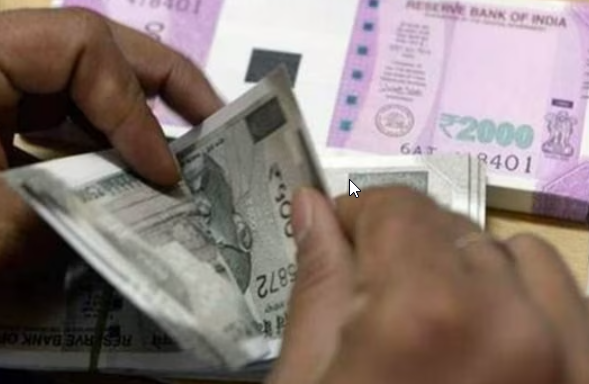- The government released the main findings of the All India Household Consumption Expenditure Survey, which was conducted between August 2022 and July 2023.
Why are we discussing this?
- This study, which is typically completed every five years, was long delayed, with the most recent publication dating back to 2017-18.
About the All India Household Consumption Expenditure Survey (CES)
- The CES is a quinquennial (every five years) survey performed by the National Statistical Office.
- It is intended to collect data on the consumption and spending habits of households throughout the country, both urban and rural.
- The information acquired throughout this exercise reflects the average expenditure on items (food and non-food) and services.
- It contributes to estimates of household Monthly Per Capita Consumer Expenditure (MPCE), as well as the distribution of households and individuals across MPCE classes.
Key Findings
[1] Rise in Monthly Per Capita Consumption Expenditure (MPCE):
- Urban: Witnessed a 33.5% increase to ₹3,510.
- Rural: Marked a 40.42% surge to ₹2,008 since 2011-12.
[2] Shift in Spending Patterns:
- Food expenditures have decreased from 52.9% to 46.4% in rural families and 42.6% to 39.2% in urban households between 2011-12.
- Implications: Food price weightage reduction may have an impact on retail inflation calculations.
[3] Inclusion of Social Welfare Benefits:
- Separate calculation for commodities received under initiatives such as the PM Garib Kalyan Ann Yojana.
- Computers, mobile phones, bicycles, and apparel were among the items available.
[4] Adjusted MPCE:
- Rural: ₹2,054;
- Urban: ₹3,544 (excluding free education and healthcare sops).
[5] Socio-Economic Disparities:
- Bottom 5%: Rural – ₹1,373; Urban – ₹2,001.
- Top 5%: Rural – ₹10,501; Urban – ₹20,824.
[6] State-wise Analysis
- Sikkim: Highest MPCE – Rural: ₹7,731; Urban: ₹12,105.
- Chhattisgarh: Lowest MPCE – Rural: ₹2,466; Urban: ₹4,483.
Major Implications
[1] Broad-Based Growth
- Rural-metropolitan Dynamics: B.V.R. Subrahmanyam, CEO of Niti Aayog, emphasises that India’s growth story is “broad-based,” with rural incomes and expenditures outperforming metropolitan levels.
- The urban-rural consumption gap has shrunk from 91% in 2004-05 to 71% in 2022-23, demonstrating decreasing inequality.
[2] Shifts in Consumption Patterns
- Food Expenditure: For the first time, rural households’ food spending fell below 50% of their entire expenditure. Lower spending on basics such as pulses and grains is offset by higher spending on consumer durables and services.
- Income Growth: Increased spending on products like televisions, refrigerators, and mobile phones indicates higher earnings and changing lifestyles.
[3] Changing Poverty Metrics
- Poverty Estimates: Mr. Subrahmanyam predicts that poverty levels will be less than 5% based on MPCE norms. Informal estimates show that poverty is decreasing, with destitution practically eliminated as a result of numerous welfare programmes.
- Inclusive Growth: Government efforts like Ayushman Bharat and free education have helped to pull millions out of poverty, demonstrating a multifaceted approach to poverty alleviation.
Source: https://www.wionews.com/business-economy/india-monthly-household-consumer-spending-more-than-doubled-in-last-decade-shows-govt-data-693721

